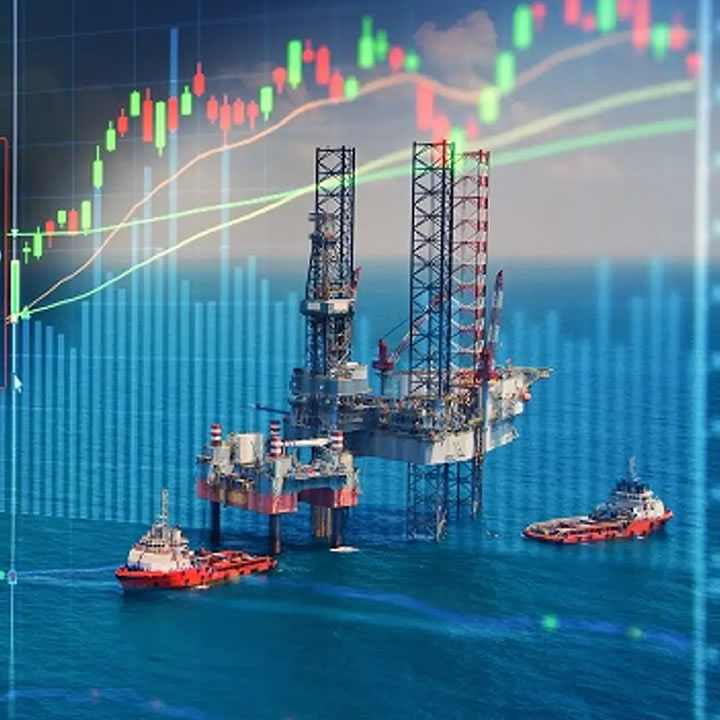The past couple of years have seen some unprecedented factors that have shaken the financial markets. In particular, the market for oil has experienced such drastic impacts from global events, that the price of oil futures contracts actually fell below zero, resulting in negative oil prices.
In April 2020, the price of US oil was negative, for the first time in history. This meant that those participating in crude oil trading saw oil producers paying buyers to take the commodity off their hand, with the fear that their storage capacity would reach its limit.
But nearly a year on, and considering the fact that the world has continued to change economically, politically and environmentally, has there been or will there be a return to normality for the oil trading sector?
COVID-19 impact and vaccines
The coronavirus pandemic had a devasting effect on the commodities market, in terms of oil trading, as levels hit a record-breaking low. National lockdowns across the world, and restrictions on global aviation travel, resulted in a huge decrease in the demand for oil, whilst the supply of the commodity was still ongoing and oil was continually being produced. The price of a barrel of West Texas Intermediate (WTI), the benchmark for US oil, fell as low as minus $37.63 a barrel.
The effect of COVID-19 was the main catalyst for the huge drop in the value of oil, and there has been a slow return to pre-pandemic levels. At the time of writing, the price of oil reached over $60 per barrel, rising by 50% more than in recent months. West Texas Intermediate (WTI), the benchmark for US oil, rose above $55 a barrel for the first time in over a year.
The price of oil and national economies are interlinked, and therefore the recent rise in the value of oil can be equated to the optimistic expectations for a healthy economic recovery and a likely return to a normal level of demand for the commodity. This is mainly due to the successful roll-out of the COVID-19 vaccine and positive signs that the virus is diminishing.
Another factor that has since played its part in the rise of oil prices from its record low, is the agreement between the Organization of Petroleum Exporting Countries (OPEC) to reduce the production of the commodity, which affects the supply end of the process.
Although there is still some recovery in the market, a return to levels seen before the pandemic is expected to be slow, aligned with the gradual rebound of the economy.
Texas freeze
Not only was the market affected by the pandemic, but in February 2021, production of US crude oil was shut down due to a massive deep freeze in Texas. The US producers in this region, as well as other oil-producing states, had to stop between two to four million barrels worth of oil output due to the bad weather.
The cold conditions also may have damaged the infrastructure of the oil production, which kept the output offline for longer than expected, taking at least two weeks for normal output to restart.
This significant loss of crude production meant a shortage in supply, which would in usual circumstances see a rise in value, especially if there was a high demand for the commodity. On the other hand, with the news of the impact of the weather, oil prices may stumble from a lack in the demand.
As a result of this, at the time of the freezing Texas weather, Brent crude was up by 3.2% or $2.04, at $64.95 a barrel, while U.S. oil rose by $2.25 or 3.8%, to settle at $61.49 a barrel.
Changes in transport
As previously mentioned, the pandemic ceased all airlines from travelling, and therefore there was a significant decrease in demand from the aviation sector. However, the dip in demand has been picked up by the surge in online shopping, as more of us are spending time at home.
There has been a need for fuel for delivery vans and trucks, along with cargo ships and freight trains. The plastic packaging also used by most online retailers, is made using oil products.
This boost in the online sector’s need for oil has begun to counteract the lack in demand for oil in other areas, but its return to normality is still expected to result in a slow recovery for the market.

